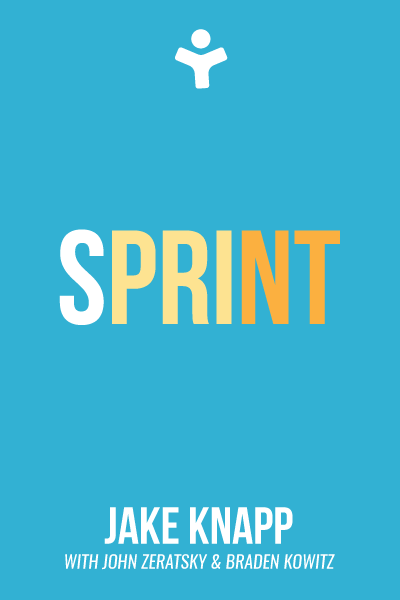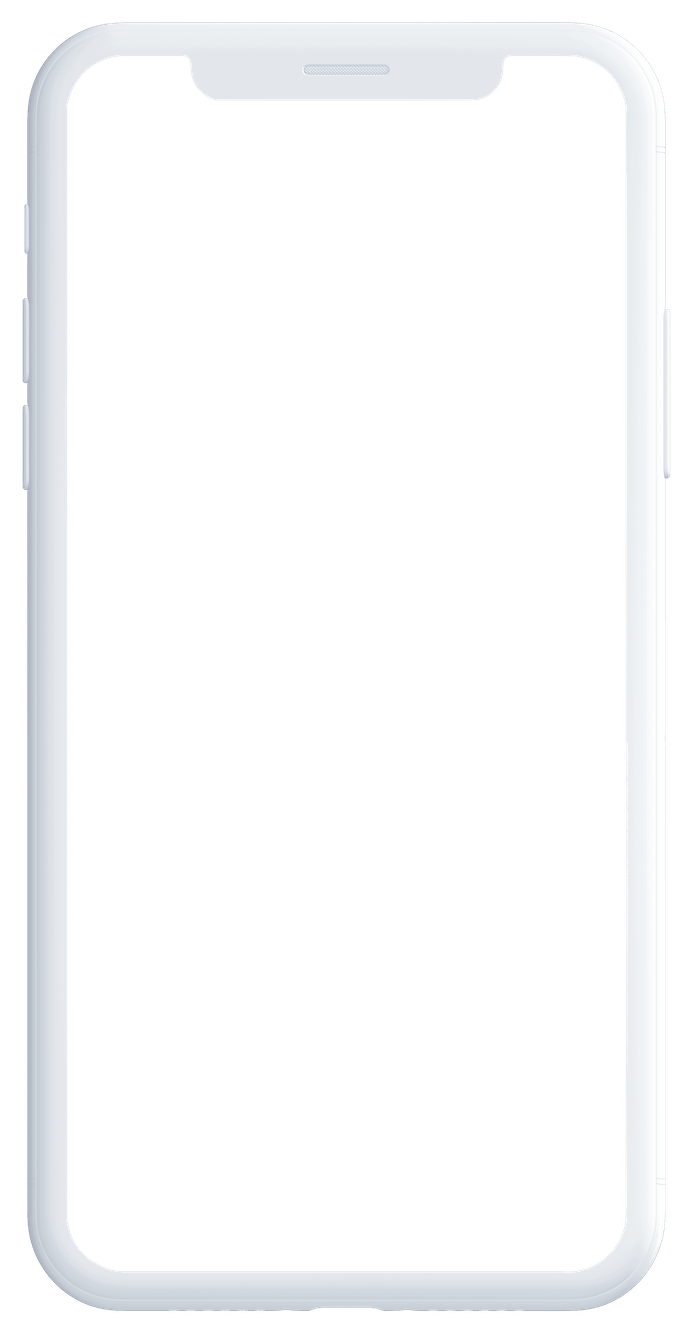
Sprint: How to Solve Big Problems and Test New Ideas in Just Five Days
by Jake KnappSprint is a practical guidebook that introduces the innovative Design Sprint method, developed by Jake Knapp at Google Ventures. Drawing from extensive experience in various industries like mobile, e-commerce, healthcare, and finance, the author presents a proven five-day process for tackling tough challenges. By condensing the time and resources required for traditional product development, the Design Sprint allows teams of any size, from startups to Fortune 100 companies, to rapidly progress from problem identification to tested solutions. This book offers a transformative approach to problem-solving, fostering collaboration and efficiency, enabling individuals to concentrate on impactful work that truly matters.
Setting the Stage for Sprint
The sprint is a special five-day process developed by Google Ventures to help teams answer important questions and test ideas with customers. It combines different strategies from areas like business, innovation, behavior, and design, all packed into a step-by-step process that any team can follow.
The great thing about the sprint is that it gives startups a superpower. They can fast-forward into the future and see how their finished product will be received by customers before making any big commitments or investments. It's like getting a sneak peek into what will work and what won't. And even if an idea fails during the sprint, it's actually a good thing because it helps the team identify crucial flaws early on without wasting too much time or money.
Each day of the sprint has a specific focus. On Monday, you'll define the problem and choose where to concentrate your efforts. On Tuesday, you'll sketch out different solutions on paper. Wednesday is when you make tough decisions and turn your ideas into testable hypotheses. Thursday is all about creating a realistic prototype. And finally, on Friday, you get to test your prototype with real people.
Before you start the sprint, though, you need to have the right challenge to tackle and the right team to work with. You'll also need to set aside enough time and find a suitable space to carry out the sprint effectively.
Actions to take
Monday: Setting the Course for Sprint Success
On Mondays, structured discussions are conducted to establish a clear direction for the entire sprint week. It's a step-by-step process that sets the team up for success.
In the morning, you start by deciding on a long-term goal, setting your sights on the bigger picture. Then, you take some time to map out the challenge at hand to get a clear understanding of what needs to be done. In the afternoon, you reach out to the experts in your company and gather their knowledge and insights. Finally, you choose a specific target, something that's challenging yet doable within a week, which will ultimately become your focus.
Actions to take
Tuesday: Brainstorming Potential Solutions
At the beginning of the week, on Monday, you and your team set the challenge and decided on a specific objective to work towards. This laid the foundation for your project.
Moving on to Tuesday, the main objective for the day is to brainstorm and develop potential solutions. The day kicks off with a session where you review existing ideas to gain inspiration and find ways to enhance and innovate upon them.
In the afternoon, each member of your team will participate in a four-step sketching process. The emphasis during this exercise is on critical thinking rather than artistic skills. The goal is to explore different concepts and visualize potential solutions to the challenge at hand.
As the week progresses, you will evaluate the sketches generated during the sketching session. From these sketches, you will identify the most promising ideas that will serve as the foundation for your prototype. This prototype will be developed based on the selected sketches and will be used for testing and further refinement. The goal is to create a tangible representation of your solution that can be evaluated and iterated upon.
Actions to take
Wednesday: Making a Winning Decision
Now that you have all the potential solutions from the last day's sprint, it's time to make a decision.
While it's great to have a stack of potential solutions, it becomes impractical to prototype and test all of them. Consequently, it becomes necessary to narrow down your options and choose a single robust plan.
In the morning, you will carefully analyze and critique each solution, evaluating its strengths and weaknesses. This evaluation process will help you identify the solutions that have the highest likelihood of achieving your long-term goal.
Once you have identified the most promising solutions, you will move on to the next step. In the afternoon, you will take the winning scenes from your sketches and weave them together into a storyboard. This storyboard will serve as a step-by-step plan outlining the precise sequence of actions needed to create your prototype.
Actions to take
Thursday: Creating a Realistic Prototype Rapidly
A storyboard was developed by you and your team on Wednesday. On Thursday, you will embrace a "fake it" mindset to transform that storyboard into a practical prototype within a mere seven-hour timeframe.
While creating the prototype, there isn't a universally applicable method. However, there are four techniques that can assist you in getting started: selecting the appropriate tools, dividing and conquering, integrating the components of the prototype, and conducting a trial run.
Actions to take
Friday: Gaining Customer Insights
The sprint process begins with defining a challenge and assembling your own highly skilled team, despite having limited resources. Throughout the week, your team diligently works towards creating multiple promising solutions. By the end of Friday, your team should have already evaluated these solutions and selected the most optimal one, which you then brought to life by developing a realistic prototype.
Accomplishing all of this within a single week is a remarkably productive achievement. But the process doesn't stop there. On Friday, you’ll take it a step further by conducting interviews with customers and observing their reactions to the prototype. This testing phase holds great importance as it provides valuable insights and feedback. By the end of the day, you’ll gain a comprehensive understanding of the progress you have made and determine the next steps to take.
Actions to take
Don’t just read. Act.



